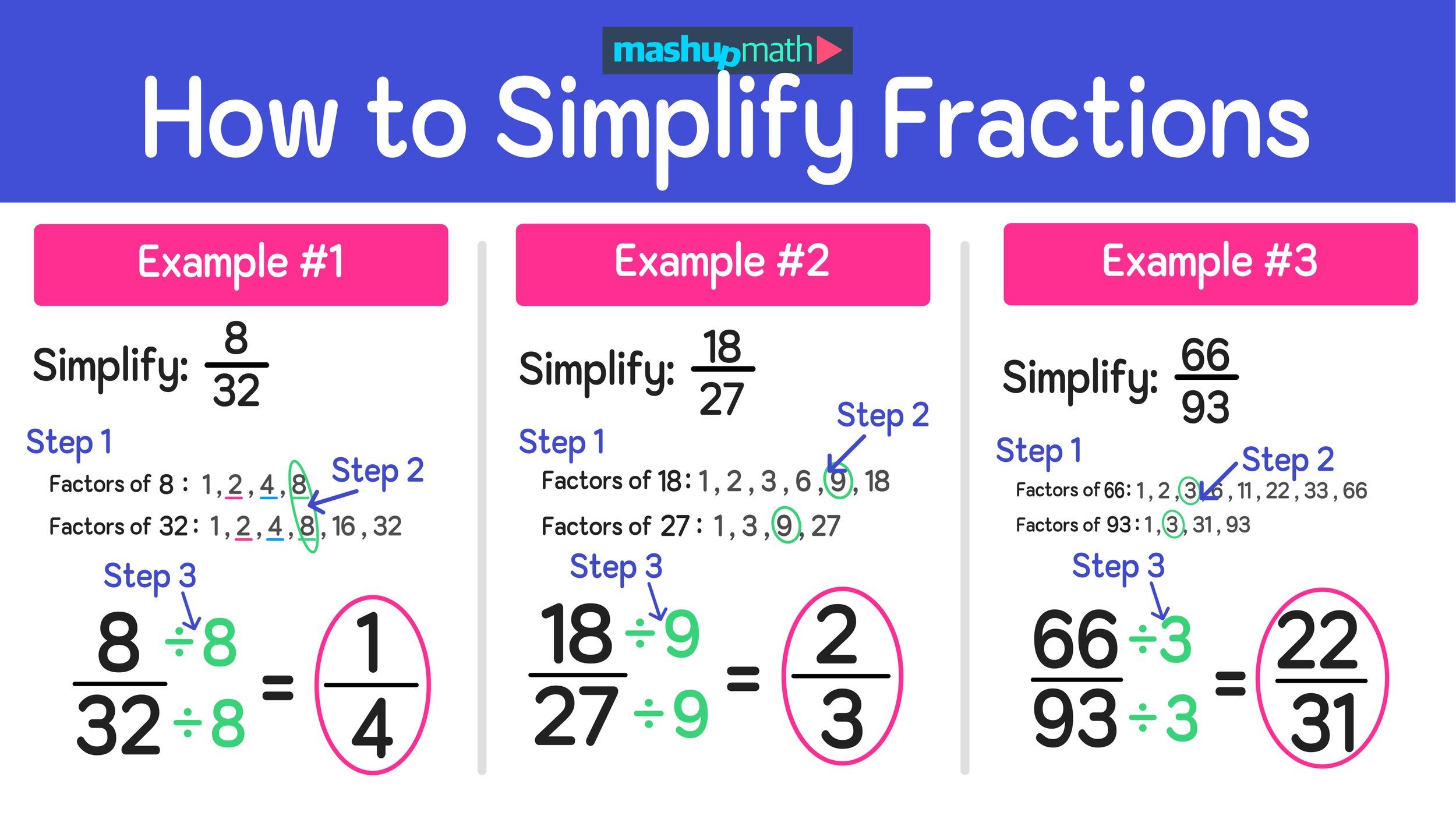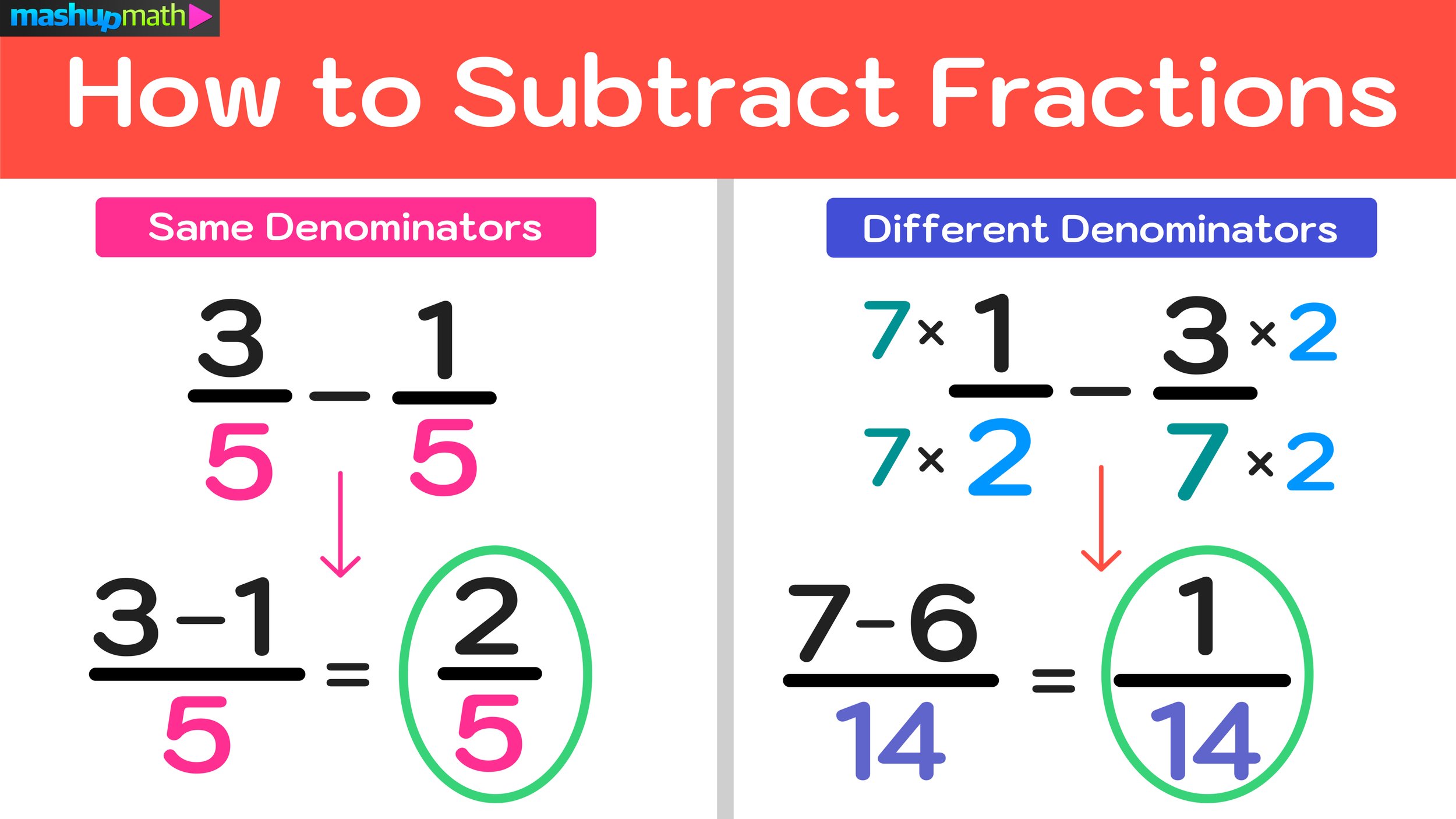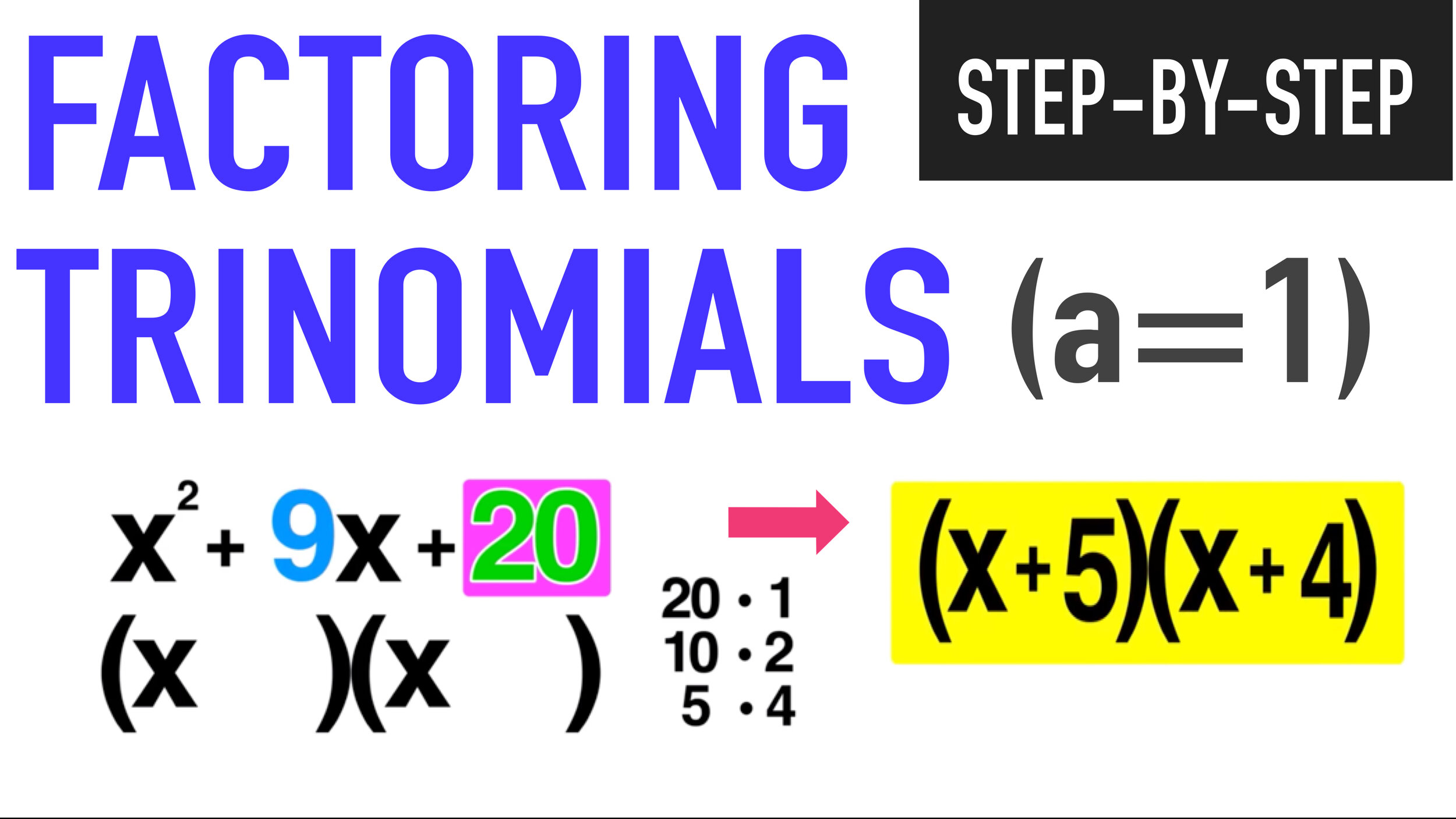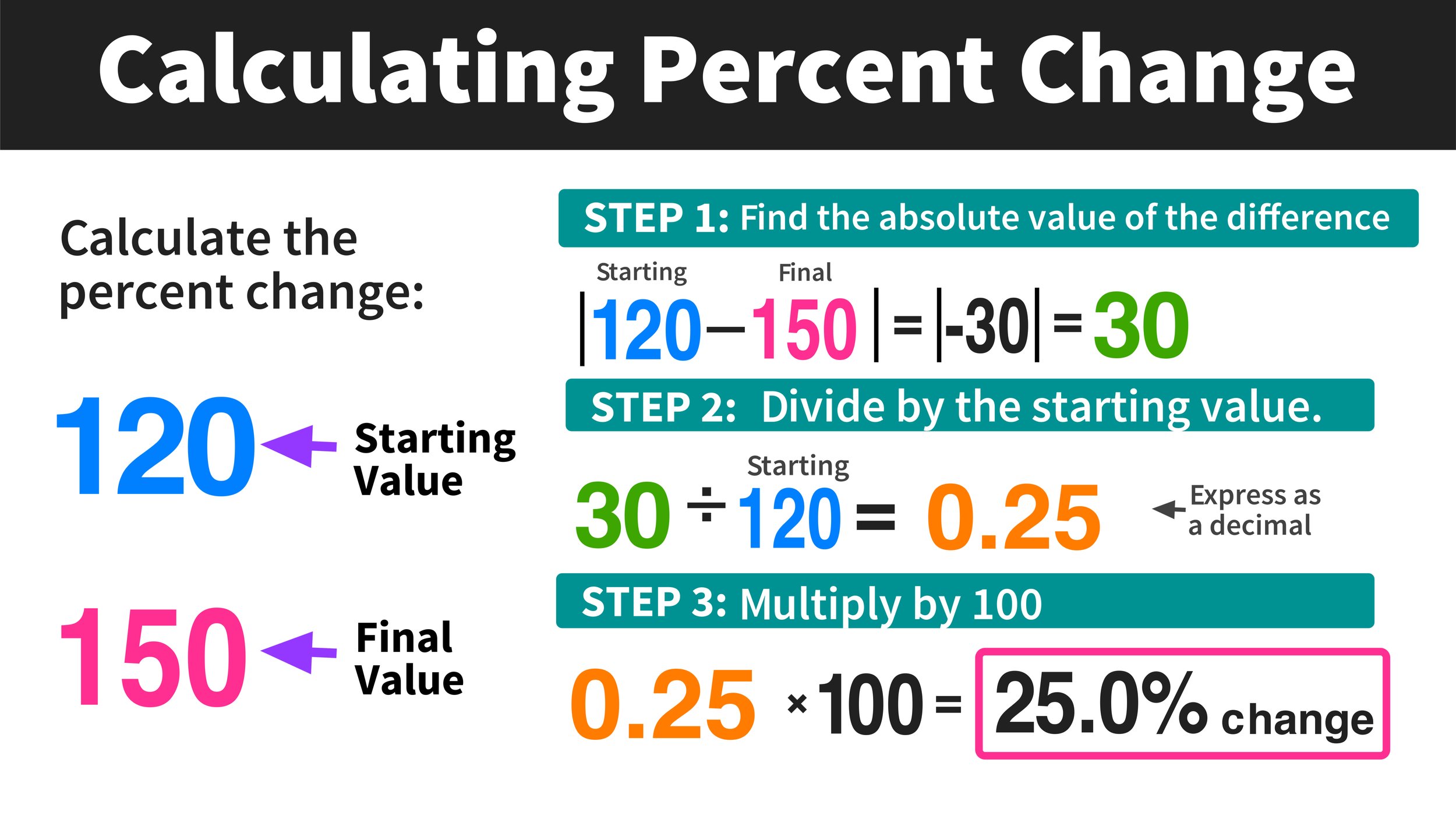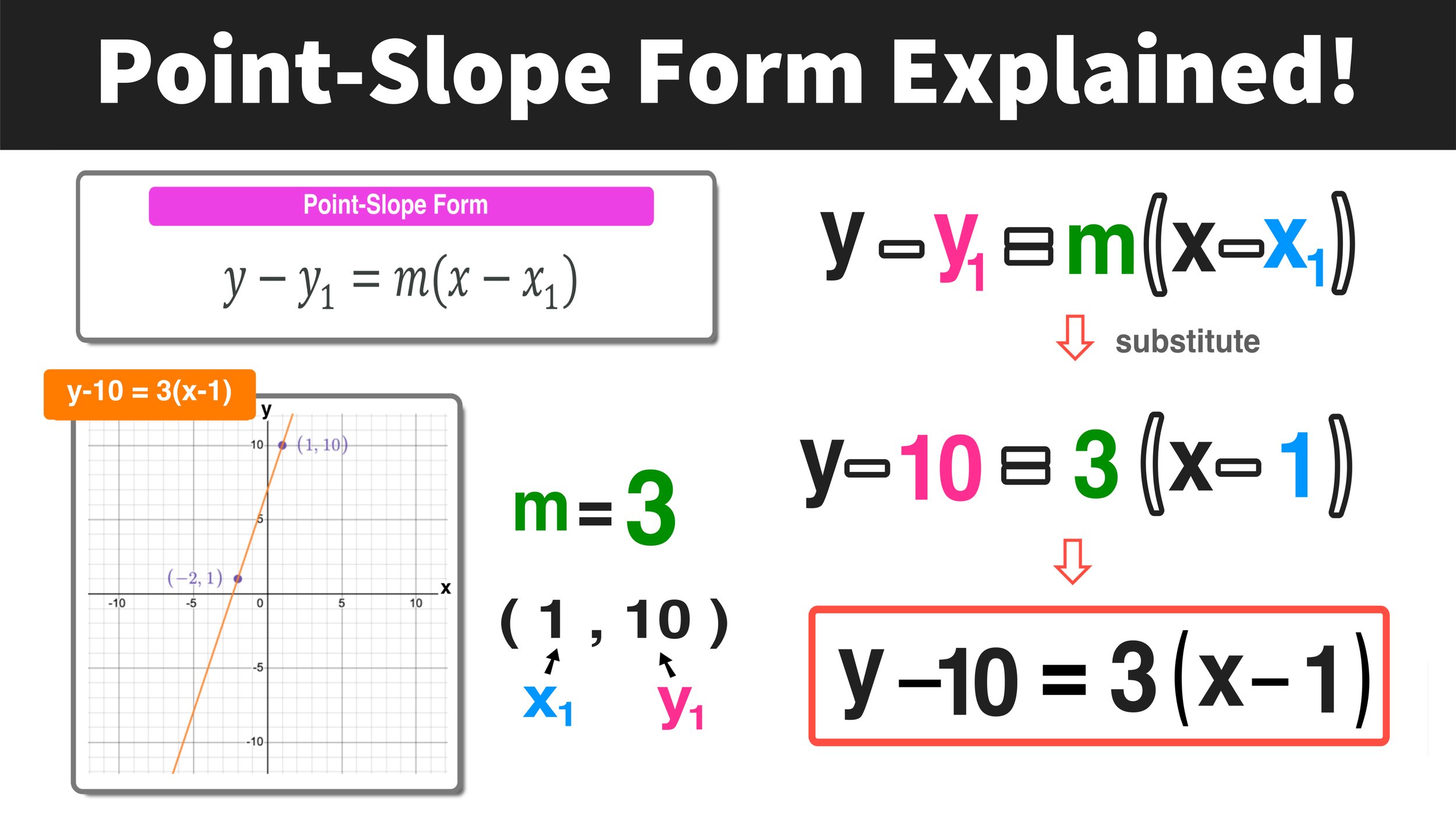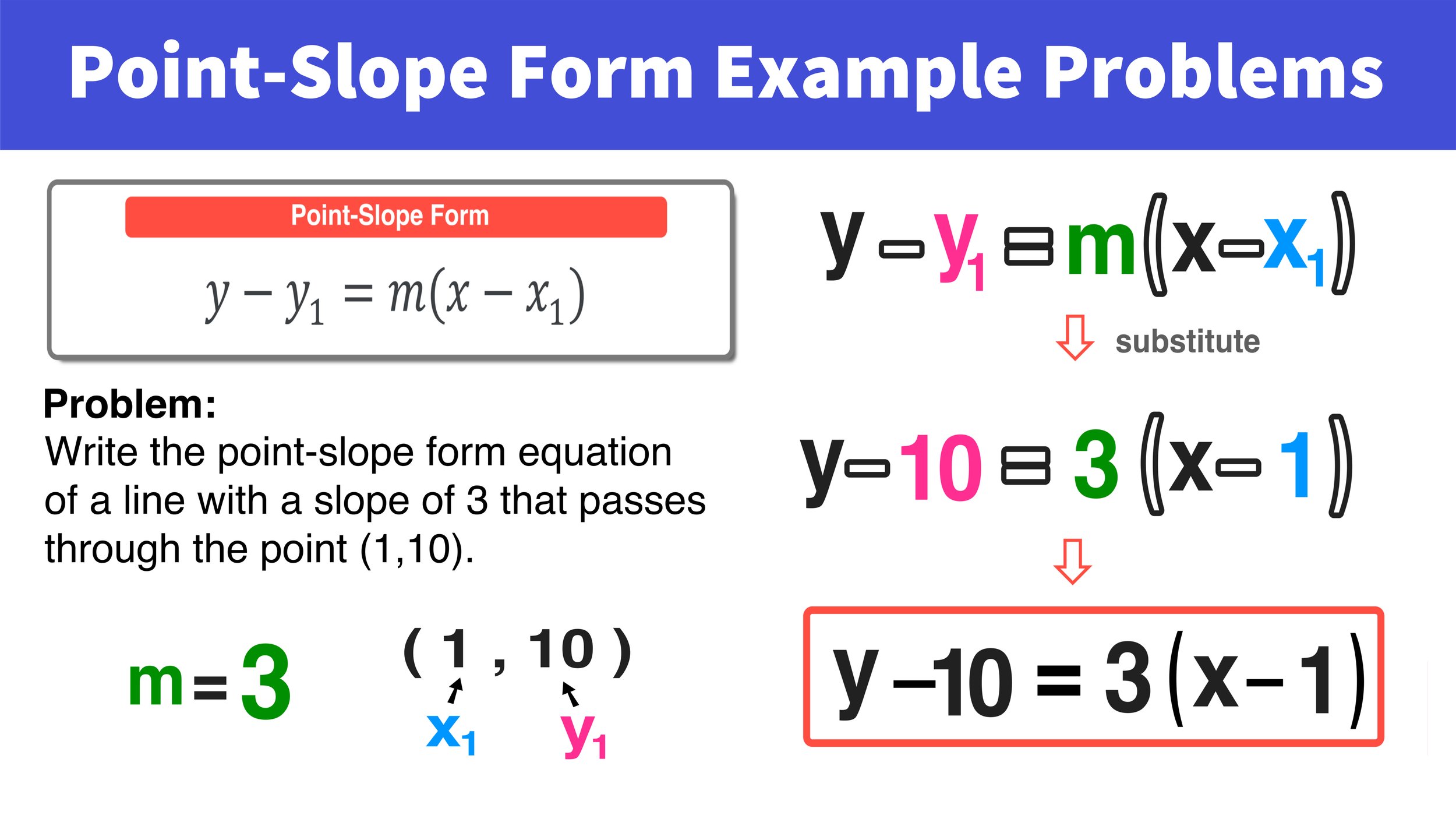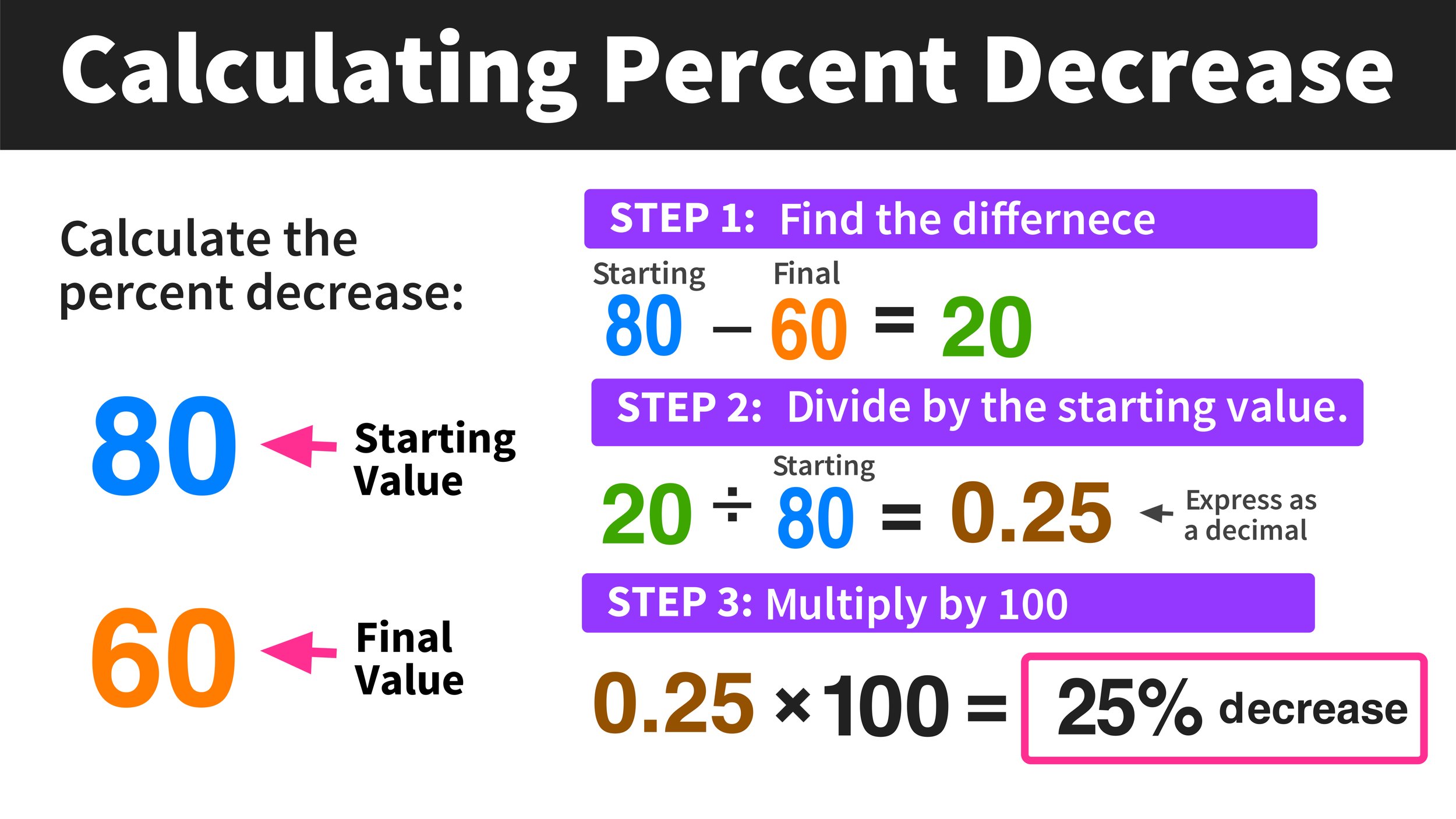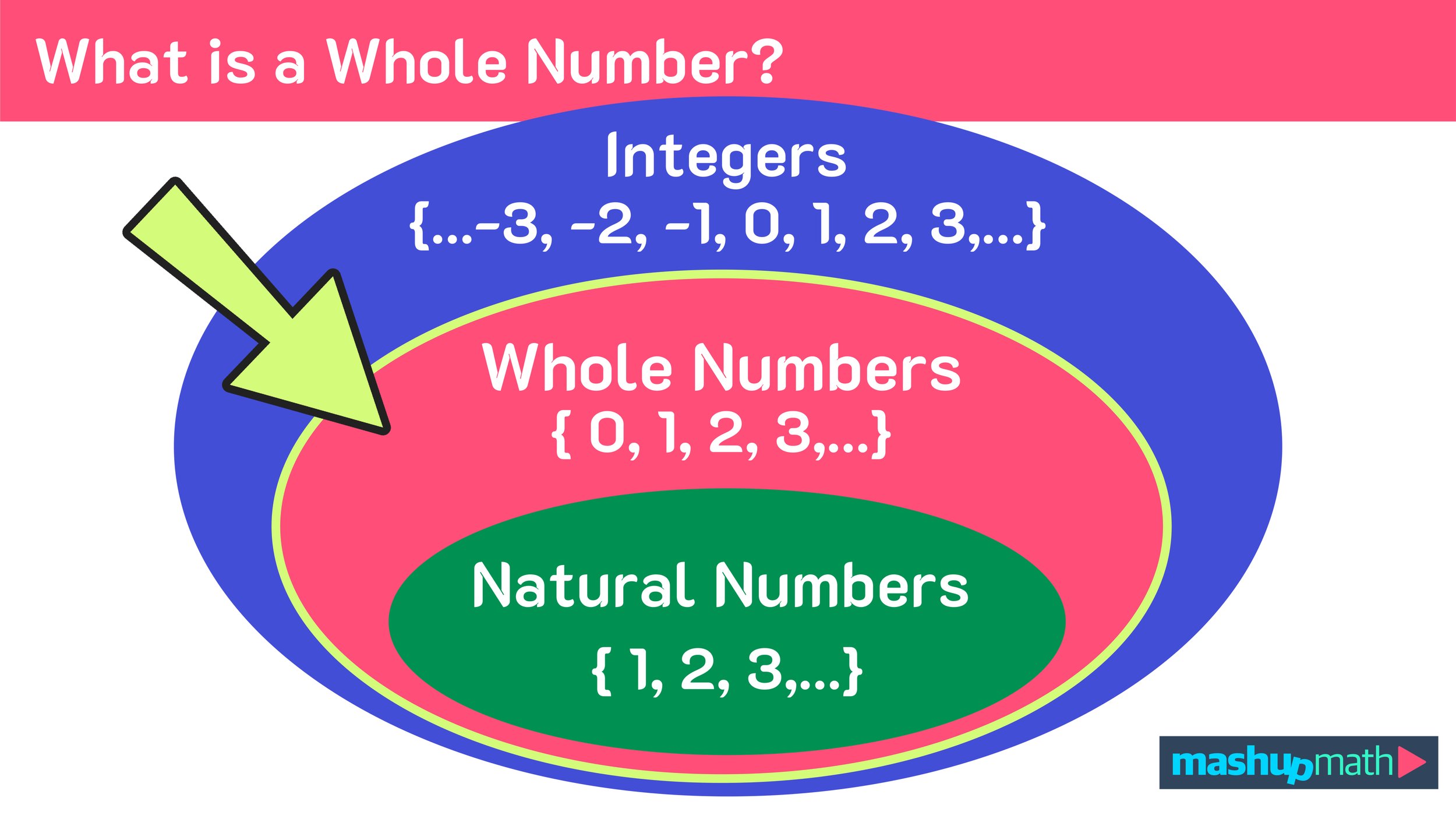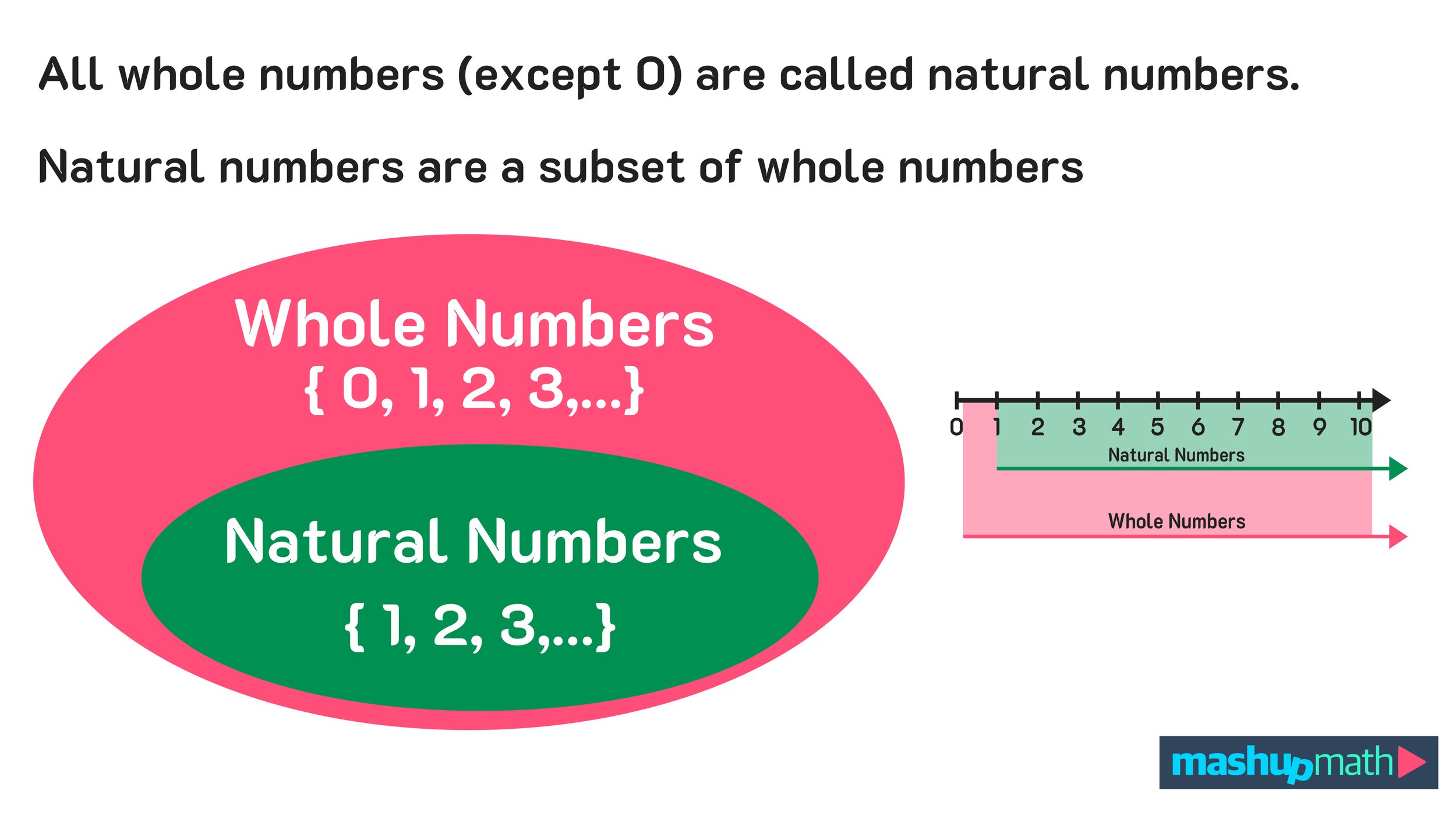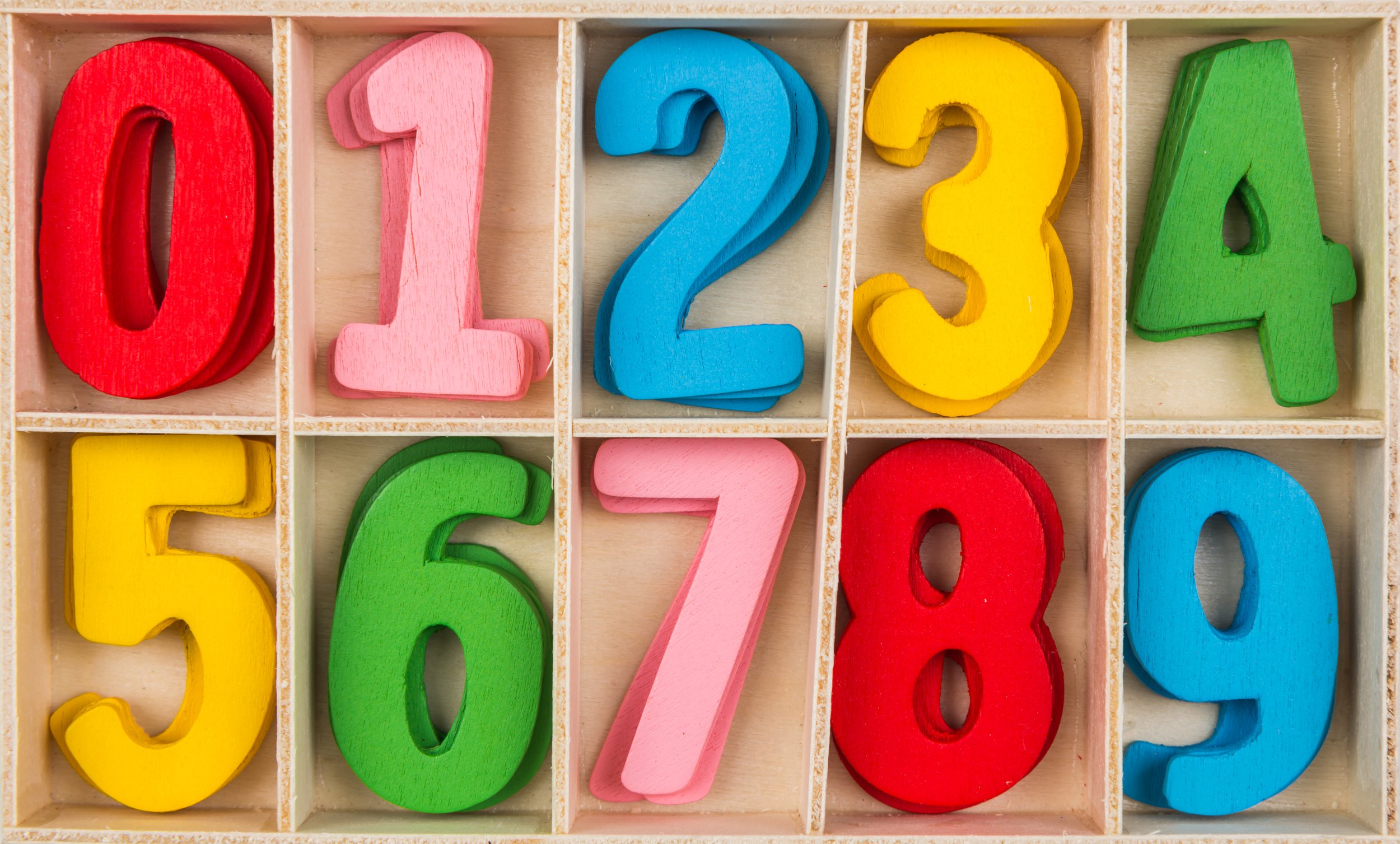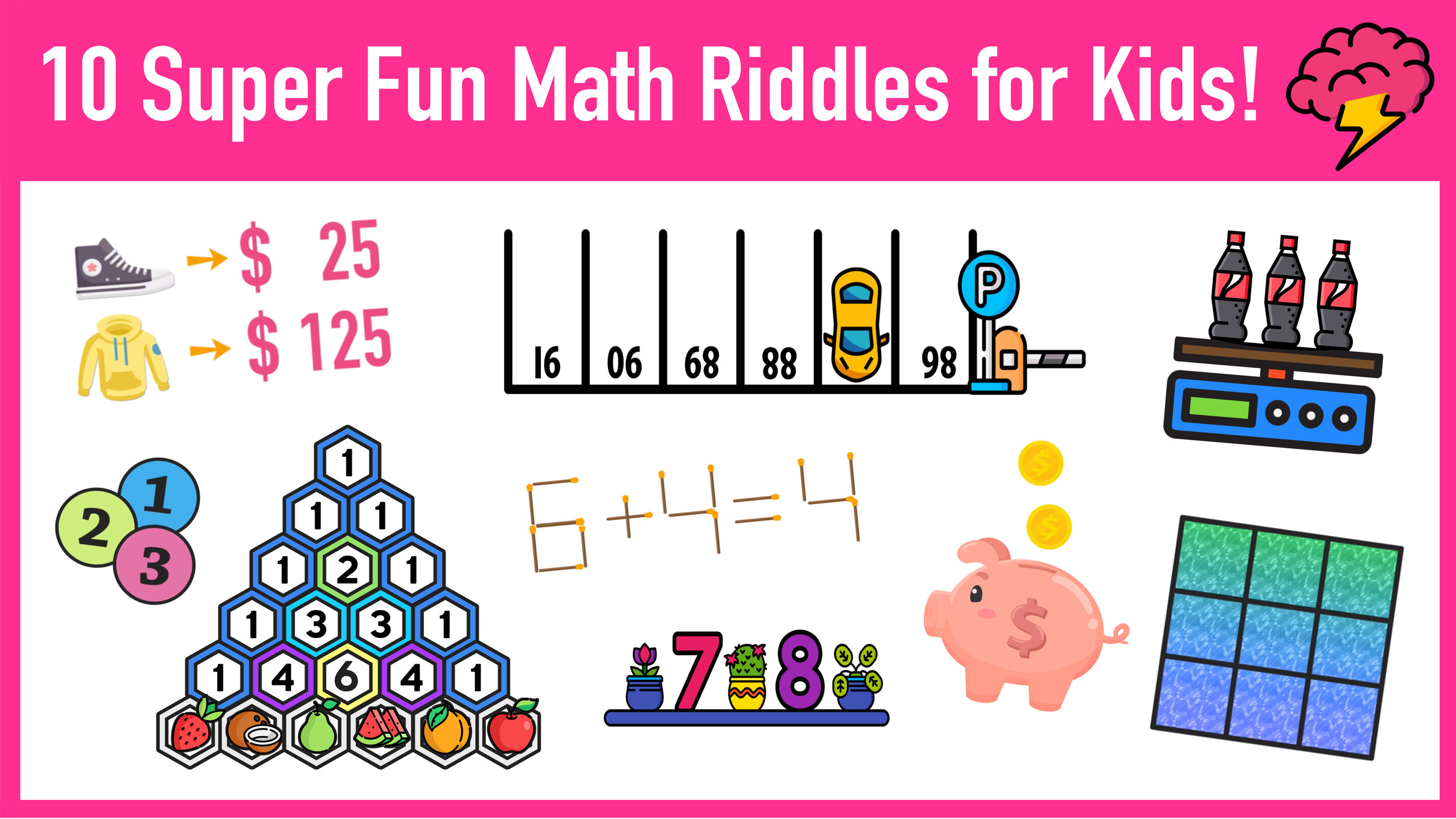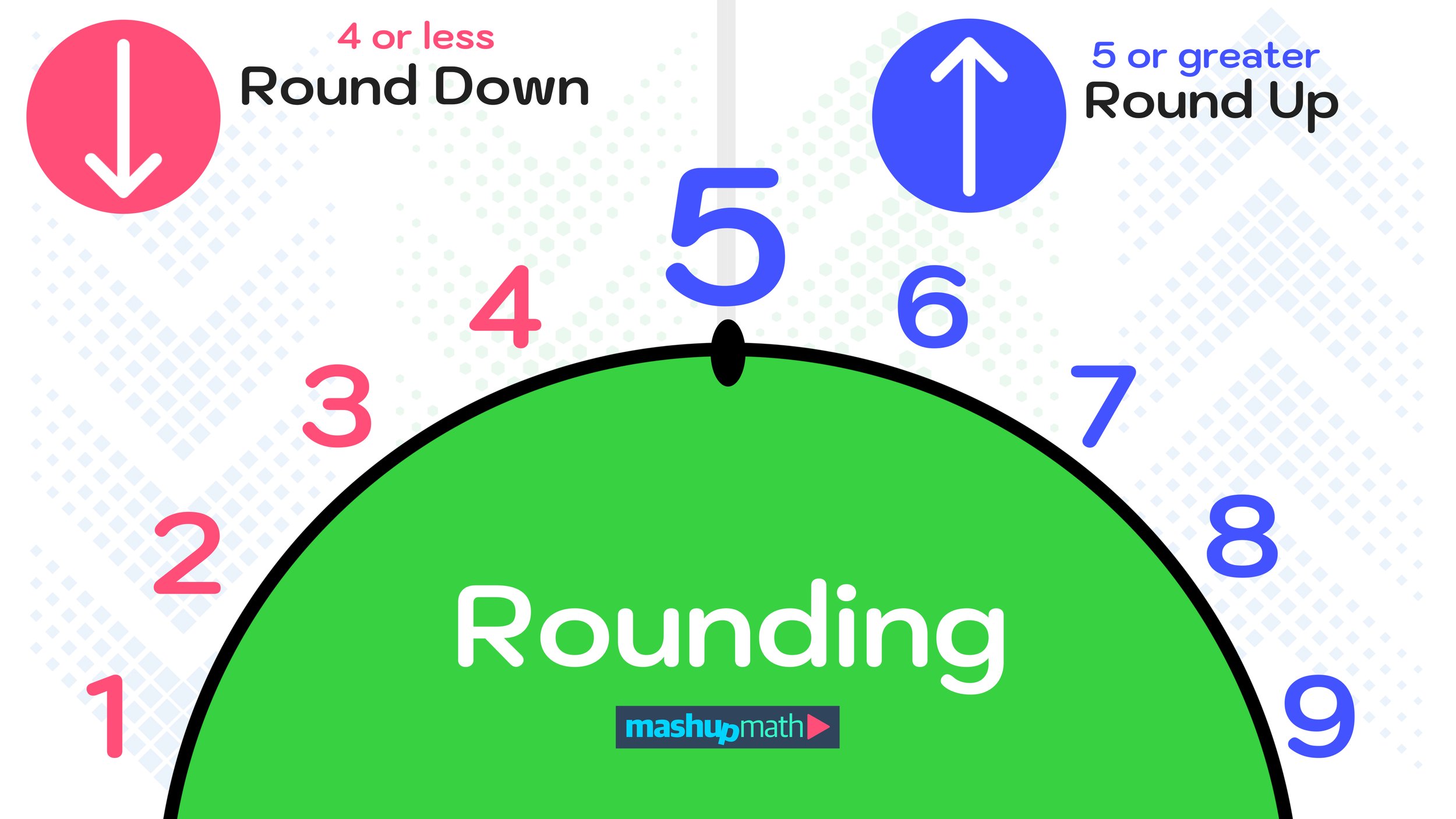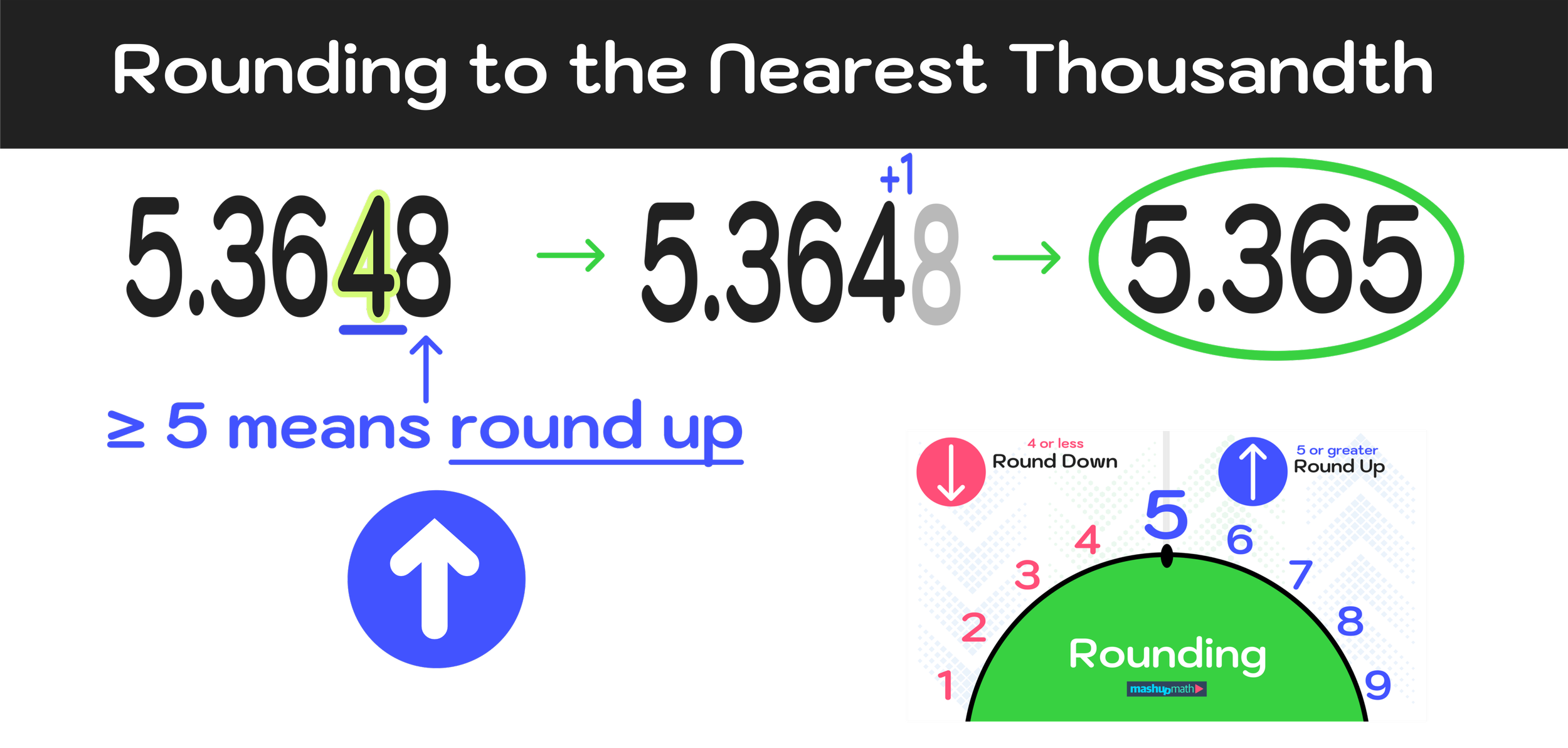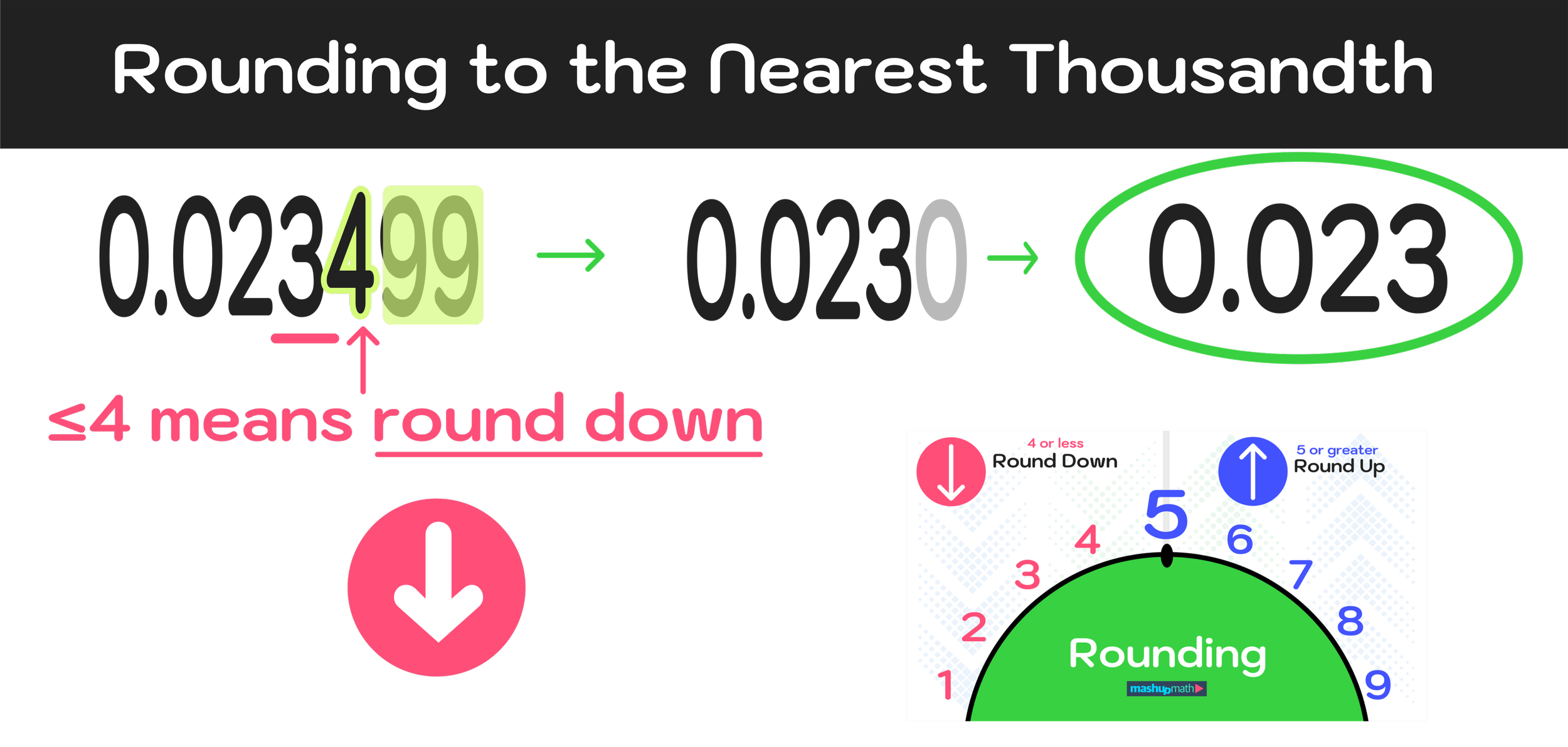How to Simplify Fractions in 3 Easy Steps
Math Skills: How to simplify fractions, How to simplify a fraction by finding a greatest common factor
Learn How to Simplify Fractions in 3 Easy Steps
One of the most important math skills related to fractions is understanding how to simplify fractions.
While simplifying fractions can seem tricky at first, it is a math skill that most math students can master with a good amount of practice combined with a strong conceptual and procedural understanding of fractions.
This free Step-by-Step Guide on How to Simplify Fractions will teach you everything you need to know about simplifying fractions, including proper fractions, improper fractions, and mixed fractions. Together, we will use a simple 3-step process for simplifying fractions that you can use to solve any problem where you have to simplify a fraction!
You can use the quick-links below to jump to any section of this guide, or you can continue on and follow it step-by-step:
Before we start working on any practice problems, let’s do a quick review of some important math vocabulary terms related to fractions that you will need to understand well to make the most out of this guide.
Fractions Review: Definitions and Vocabulary
Before you learn how to simplify fractions, it’s important that you have a strong foundational understanding of what fractions are in general.
For starters, let’s review the difference between the numerator of a fraction and the denominator of a fraction. The numerator of a fraction is the top number and the denominator of a fraction is the bottom number. For example, the fraction 3/5 has a numerator of 3 and a denominator of 5.
In this guide, whenever we reference the numerator of a fraction, we are talking about the top number. Conversely, whenever we reference the denominator of a fraction, we are talking about the bottom number.
Figure 01: The fraction 3/5 has a numerator of 3 and a denominator of 5
Next, let’s recap the difference between the three types of fractions:
Proper Fractions
Improper Fractions
Mixed Fractions
Proper Fractions
Definition: A proper fraction is a fraction with a numerator that is smaller than the denominator. For example, 3/8 is a proper fraction because 3 < 8. The value of a proper fraction is always less than one whole.
Examples: 3/8, 1/2, 7/9
Improper Fractions
Definition: An improper fraction is a fraction with a numerator that is greater than the denominator. For example, 7/5 is an improper fraction because 7 > 5. The value of an improper fraction is always greater than one whole.
Examples: 5/2, 12/11, 9/4
Mixed Fractions
Definition: A mixed fraction is a fraction that is a combination, or sum, of a whole number and a proper fraction. For example, 4 1/2 is a mixed fraction that represents the sum of 4 and 1/2.
Examples: 3 1/3, 7 5/8, 2 3/4
Figure 02 below illustrates examples of these three types of fractions.
Figure 02: What is the difference between a proper fraction, an improper fraction, and a mixed fraction?
Note that this guide will only focus on teaching you how to simplify a fraction that is proper.
What Does it Mean to Simplify a Fraction?
When we refer to simplifying fractions, we are talking about taking a fraction and reducing it down to its simplest form.
Note that not all fractions can be simplified. If the numerator and the denominator of a fraction have no common factors other than 1, then the fraction is already in simplest form and, thus, can’t be simplified. Whenever we have to simplify a fraction, you are trying to reduce it down to the point where it can no longer be simplified.
The act of simplifying a given fraction down to its most reduced form the is main objective of this guide. Whenever we simplify a fraction, we are not changing the value of the fraction. Rather, we are rewriting a new equivalent fraction that is in its simplest form (i.e. he numerator and the denominator of a fraction have no common factors other than 1).
Does this sound confusing? If so, a simple example may help. Let’s consider the fractions 1/2 and 3/6.
Figure 03: The fractions 3/6 and 1/2 are equivalent.
Figure 03 above compares the fractions 1/2 (one-half) and 3/6 (three-sixths).
We should already know that 1/2 and 3/6 are equivalent since each represent one half (i.e. one is half of two and three is half of six).
Simplifying fractions means reducing the fraction to its most reduced form whenever possible.
We can say that a fraction is in its simplest form if both the numerator and the denominator have no common factors other than 1. This is the case for 1/2, since 1 and 2 do not have any common factors other than 1, meaning that 1/2 is in its lowest possible form and it’s the simplest way of expressing one half.
But what about 3/6? Let’s consider the factors of the numerator 3 and the denominator 6:
Factors of 3: 1, 3
Factors of 6: 1, 2, 3, 6
Both 3 and 6 share a common factor of 3. So, if we can divide both the numerator and the denominator by 3 to find a new equivalent fraction that is in simplified form (which we already know should be 1/2). Let’s go ahead and do the math to see if our result checks out:
3/6 → (3 ÷ 3) / (6 ÷ 3) = 1/2
As expected, our result is 1/2. This way of mathematically proving that 3/6 and 1/2 are equivalent fractions and that 1/2 is the most simplified form of 3/6 is illustrated in Figure 04 below. The strategy that we used will serve as the basis for the 3-step method for simplifying fractions that you will learn in the next section.
Figure 04: The simplest form of a fraction is equivalent to the original fraction.
Before moving on, the key takeaway here is that any fraction in simplest form will be equivalent to whatever fraction you started with. However, this new simplified fraction is in its lowest form and can not be simplified further. For example, 3/5 is in simplest form because 3 and 5 do not share a greatest common factor other than 1.
Now let’s move onto working through some sample problems using a simple 3-step process for how to simplify fractions.
How to Simplify Fractions (Proper Fractions)
Example #1: Simplify: 8/32
To solve this first example as well as any problem where you have to simplify a fraction, we will use the following 3-step method for simplifying fractions:
Step One: List the factors of both the numerator and the denominator
Step Two: Determine the value of the greatest common factor shared by both the numerator and the denominator
Step Three: Divide both the numerator and the denominator by the greatest common factor to find a new equivalent fraction that is in simplest form.
Let’s go ahead and apply these three steps to the fraction 8/32 as follows:
Step One: List the factors of both the numerator and the denominator.
For this first step, we will list out all of the factors of 8 (the numerator) and 32 (the denominator) as follows:
Factors of 8: 1, 2, 4, 8
Factors of 32: 1, 2, 4, 8, 16, 32
Step Two: Determine the value of the greatest common factor shared by both the numerator and the denominator
Notice that 8 and 32 have three shared common factors: 2, 4, and 8. However, the greatest common factor shared by 8 and 32 is 8.
The greatest common factor shared by 8 and 32 is 8.
Figure 05: 8 and 32 share a greatest common factor of 8
Step Three: Divide both the numerator and the denominator by the greatest common factor to find a new equivalent fraction that is in simplest form.
For the final step, we have to divide both the numerator and the denominator by 8 as follows:
8/32 → (8 ÷ 8) / (32 ÷ 8) = 1/4
Our result, 1/4 is in simplest form because both 1 and 4 do not share any factors other than 1, so we can conclude that:
Final Answer: The fraction 8/32 can be simplified to 1/4.
That’s all there is to it! Go ahead and review the Example #1 recap shown in Figure 06 below before moving onto the next example.
Figure 06: How to Simplify Fractions in 3 Easy Steps.
How to Simplify a Fraction Example #2: Simplify: 18/27
Just like the previous example, we will again use our 3-step method to simplify the fraction 18/27 as follows:
Step One: List the factors of both the numerator and the denominator.
First, let’s list all of the factors of 18 and 27:
Factors of 18: 1, 2, 3, 6, 9, 18
Factors of 27: 1, 3, 9, 27
Step Two: Determine the value of the greatest common factor shared by both the numerator and the denominator
In this case, 18 and 27 share a greatest common factor of 9.
Figure 07: How to Simplify a Fraction: Start by finding the greatest common factor shared by the numerator and the denominator.
Step Three: Divide both the numerator and the denominator by the greatest common factor to find a new equivalent fraction that is in simplest form.
Finally, the last step is to divide both the numerator and the denominator by 9:
18/27 → (18 ÷ 9) / (27 ÷ 9) = 2/3
The resulting fraction, 2/3, is in simplest form because both 2 and 3 do not share any factors other than 1.
Final Answer: The fraction 18/27 can be simplified to 2/3.
Our entire approach to solving Example #2 is recapped in Figure 08 below.
Figure 08: How to Simplify a Fraction
Now, let’s work through one more example of how to simplify a fraction that is proper.
How to Simplify Fractions Example #3: Simplify: 66/93
We can simplify 66/93 using our 3-step process as follows:
Step One: List the factors of both the numerator and the denominator.
Start by listing all of the factors of 66 and 93:
Factors of 66: 1, 2, 3, 6, 11, 22, 33, 66
Factors of 93: 1, 3, 31, 93
Step Two: Determine the value of the greatest common factor shared by both the numerator and the denominator
Now that all of the factors are listed, we can see that 66 and 93 share a greatest common factor of 3.
Figure 09: 66 and 93 share a greatest common factor of 3.
Step Three: Divide both the numerator and the denominator by the greatest common factor to find a new equivalent fraction that is in simplest form.
For the final step, we have to divide both the numerator and the denominator by 3:
66/93 → (66 ÷ 3) / (93 ÷ 3) = 22/31
The result, 22/31, is in simplest form because both 22 and 31 do not share any factors other than 1.
Final Answer: The fraction 66/93 can be simplified to 22/31.
Figure 10: How to simplify a fraction by finding a greatest common factor.
Conclusion: How to Simplify Fractions
Whenever you have to simplify a fraction, you have to reduce the fraction down to its simplest form, meaning that the new fraction’s numerator and denominator have no common factors besides 1.
When you simplify a fraction, you are finding a new reduced form fraction that is equivalent to the original fraction. For example, 3/6 can be simplified as 1/2 and both are equivalent to “one half".”
You can solve any problem where you have to simplify a fraction by following this easy 3-step method:
How to Simplify Fractions in 3 Easy Steps
Step One: List the factors of both the numerator and the denominator
Step Two: Determine the value of the greatest common factor shared by both the numerator and the denominator
Step Three: Divide both the numerator and the denominator by the greatest common factor to find a new equivalent fraction that is in simplest form.
To gain some more practice using these steps, we recommend that you go back and work through the practice problems in this guide on your own a second time or to work on some of the free Simplifying Fractions Worksheets available on our math worksheet libraries page.
Keep Learning:
Search Tags: how to add fractions, how to add fractions with different denominators, how to add fraction , how to add fractions with unlike denominators, how to. add fractions, how to add fractions with, how to add a fraction


